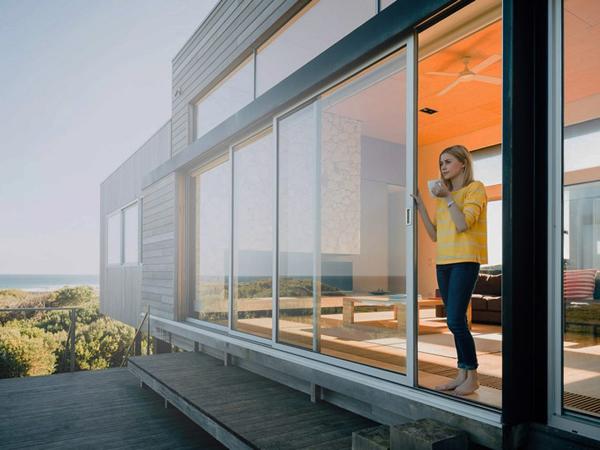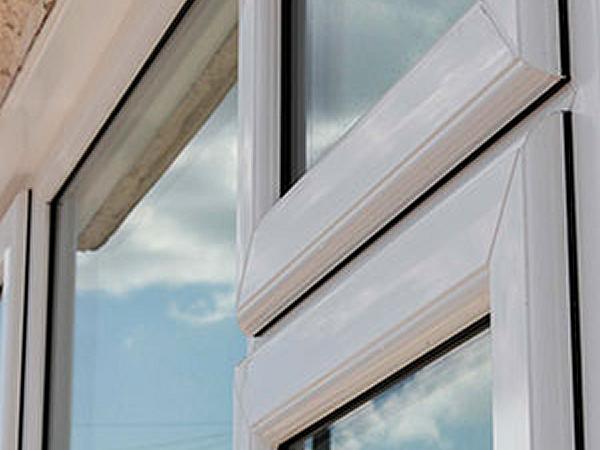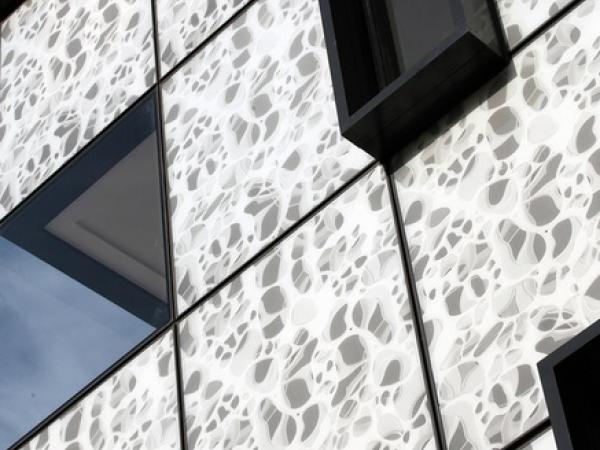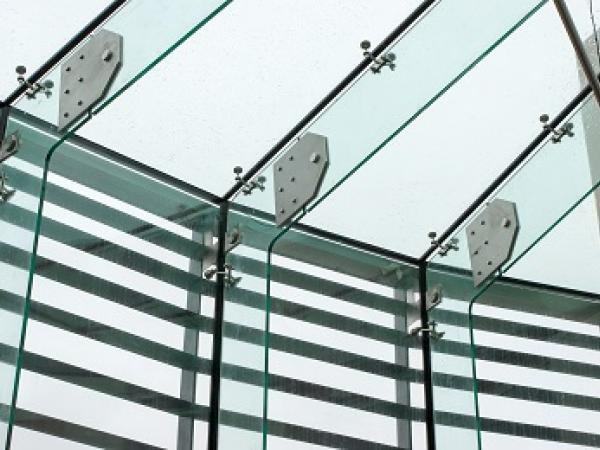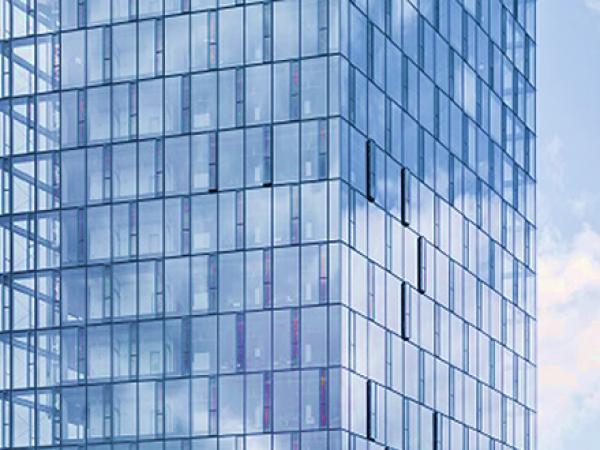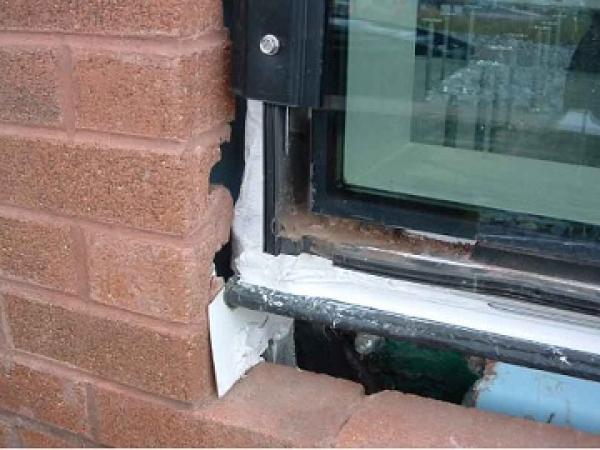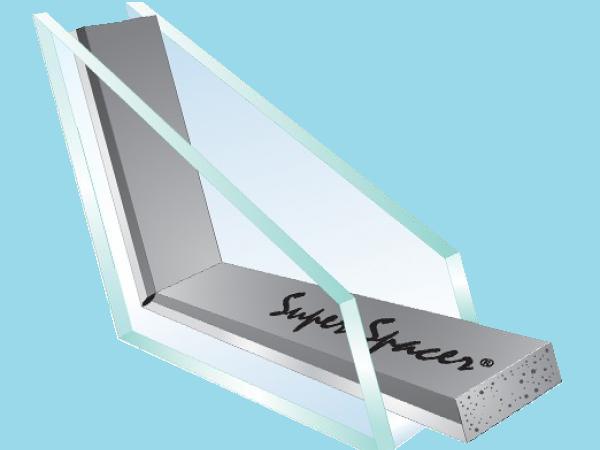Others also read
| When you install rooflights, you’re adding a host of benefits to your home. Rooflights can be installed in tight spaces where traditional windows cannot, they flood rooms with natural light and can be tailored to fitted in any home, in a wide variety of styles too.
| You might not think about window making as an art form, but every pane and frame created at Pella requires exceptional skill and craftsmanship.
| We all know the basic function of a window and why we think it’s important to the design and functionality of our home – to let in the light and allow us to see our surroundings.
| Double glazing is the practice of using two panes of glazing within your home’s windows as opposed to one.
| When it comes to glazing your self-build, extension, or renovation project, it’s easy to feel overwhelmed by choice.
| Choosing new windows should be approached with care and calculation.
| The AGI educational series illustrates and describes common glazing challenges as a means to communicate best practices for the design and construction industry, not as a sole source for design guidance.
| Condensation, and in very cold scenarios, ice can form on the external pane of some modern glass units.
| Triple glazing is essentially the same as double glazing, except it is constructed with 3 panes of glass, creating 2 sealed air cavities.
| The Station Hotel in Prahran’s Greville Street was a favourite watering hole and stay-over for generations. Its recent revision by architects Interlandi Mantesso sees 41 apartments rise discretely behind the classic Victorian pub facade and an uber-cool, bespoke, Viridian glass shell.
| Today’s functional buildings tend to have shapes that go much further than pure expediency, and glass is therefore used more and more frequently as a structural support element.
| Modern, transparent and prestigious – large glass façades are very much in vogue for office complexes and industrial buildings.
| Curtain wall, storefront glass, and windows are everyday parts of building design and construction. Like all parts of a building exterior, glazing elements have to meet the fundamental functional
| In recent years the growing energy costs and the imposition of increasingly stringent limits to the gaseous emissions into the atmosphere have put a strong pressure on the glassmaking industry to research new solutions to improve the efficiency and ecological sustainability.
| Over half the world’s seven billion inhabitants live in cities, by the year 2050 the number will grow to almost ten billion. In order to avoid a climatic collapse in the metropolises, there is no other alternative to energy-efficient buildings.
| Cities are eating up an increasing amount of heat and electricity. In order to reduce this consumption, buildings have to become increasingly efficient and integrate more renewable energies.
| Although the costs for solar power have come down considerably lately, photovoltaics are still unable to compete with conventional energy sources.
| The recent issues related to energy saving and environmental sustainability in the construction sector are particularly problematic for professionals dealing with existing buildings, especially when buildings have a historic value...
| An Introduction to Design and Performance by Dr. Cenk Kocer - University of Sydney, School of Physics, Sydney 2006
| Transposing the EPBD in national laws, why it is so important for the glass industry?
| Despite increasingly demanding requirements to save energy and a focus on reducing our use of prime energy, we also need to bear in mind economics and cost effectiveness during the construction phase of buildings, especially on larger projects.
| Was Fukushima like Chernobyl? There are those who say yes, and those who lean toward no. That is, from a purely technical point of view. But, in the eyes of the media, or of people’s awareness in general, the difference is huge.
| Glazing can take several forms in a building application including curtain wall, operable windows, storefront, skylights and architectural glass.
| Energy savings are an essential part of any new or renovated building. These can be obtained by means of insulation, special glazing and the use of particular materials.
| “Casa Zero” produces more energy than it actually needs, creating a permanent cycle.



